9 Worst Foods Destroying Your Muscles
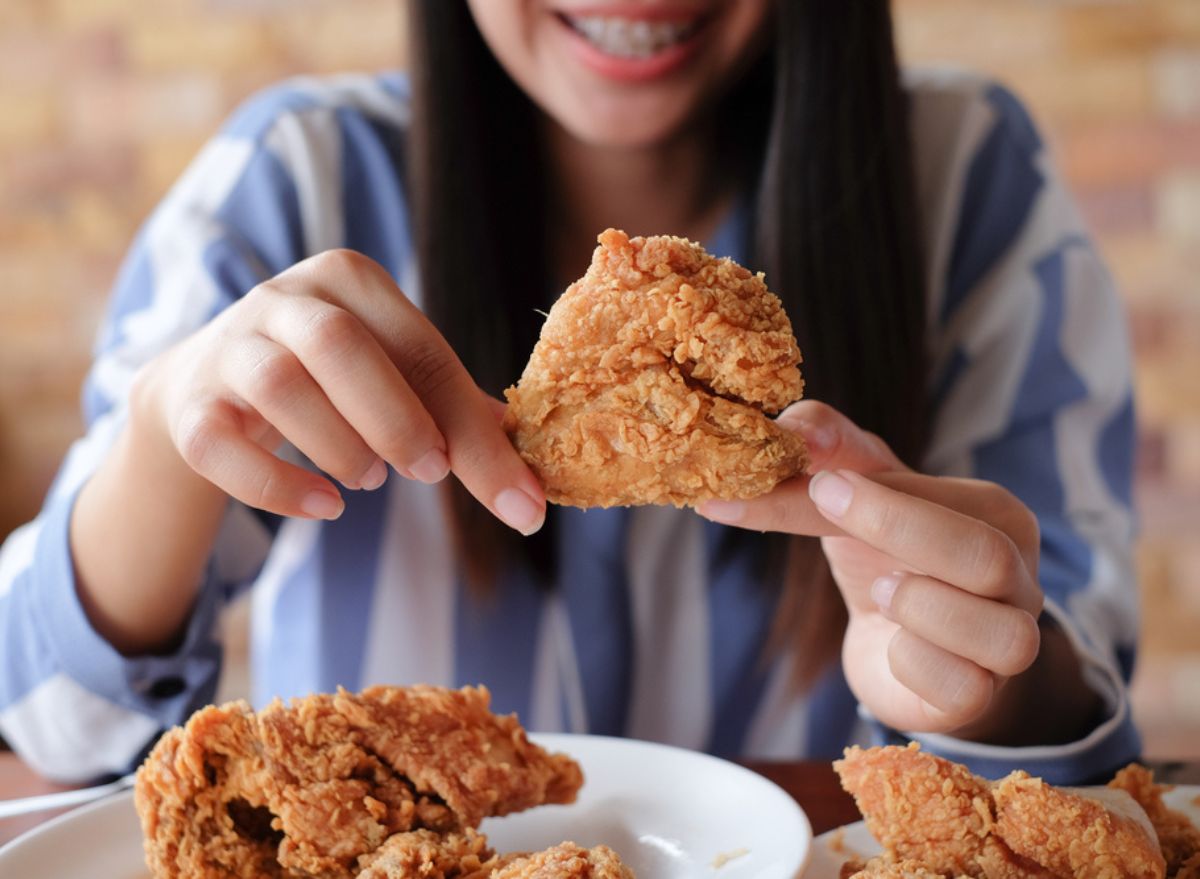
Muscles are, in fact, made in the kitchen. If you spend hours each week at the gym, you want your efforts to show, right? As it turns out, your diet can either make or break your progress, and there are some worst foods for your muscles you'll want to avoid if you want to see gains.
"Your diet plays a crucial role in supporting muscle growth, as the nutrients you consume provide the building blocks and energy necessary for the development and repair of muscle tissue," says Jordan Hill, MCD, RD, CSSD, a dietitian with Top Nutrition Coaching. "Certain foods can help promote muscle growth, while others can hinder it."
For example, high-quality protein, carbs, and fats can all support muscle growth and maintenance. Getting enough protein triggers muscle protein synthesis, the process by which your body repairs and builds new muscle fibers, Hill says. Meanwhile, carbs, especially after a workout, stimulate the release of insulin, a hormone that helps build muscle and transport carbs into muscles to refill glycogen stores. "Carbs combined with protein reduce cortisol, a hormone that causes muscle breakdown, which can help in the pursuit of maintaining current muscle mass," Hill tells us. And healthy (unsaturated) fats are necessary because of their role in hormone production, including testosterone, which is important for muscle growth.
On the flip side, certain nutrients—namely, saturated fats, trans fats, and added sugar—can hinder muscle growth by triggering inflammation that can mess with muscle recovery and growth as well as negatively affect insulin sensitivity, which is important for nutrient uptake by muscle cells, Hill explains.
Below, are the most common foods that contain these offenders, aka the worst foods for your muscles. Quick disclaimer: It's important to note that these foods can be included in a balanced diet that still supports muscle growth and health. "It's really when these are consumed in excess and not part of a balanced and varied diet that they can have negative impacts on muscle growth and health," Hill says.
Now that you know which foods to enjoy just once in a blue moon, check out the 10 Foods That Are Destroying Your Abs.
Fatty Cold Cuts
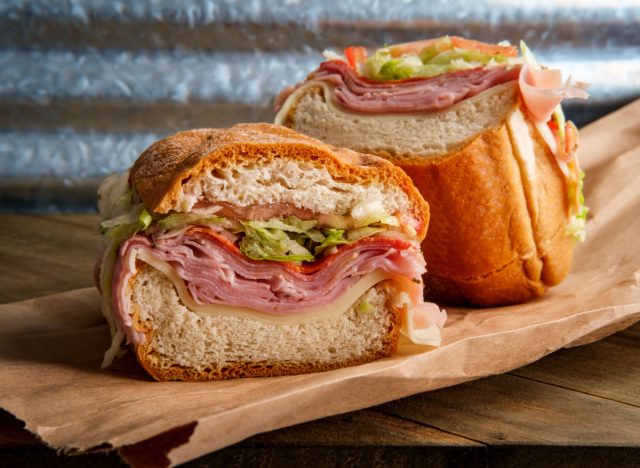
They may be convenient, but you'll want to cut your cold-cut habit cold turkey. Cold cuts made from fatty cuts of pork are high in saturated fat and may contribute to muscle impairment. A 2020 study in Clinical Nutrition found that eating too much saturated fat, especially from fatty cold cuts, was linked to lower-extremity functional impairment. Instead of stacking a sandwich with ham and cheese, choose lean meats such as fresh chicken or turkey breast, and pair your sammy with a side salad or roasted veggies.
Frozen Pizza
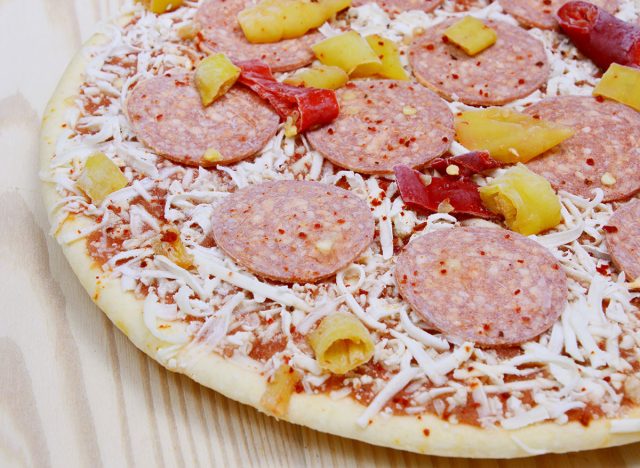
One slice of frozen pizza will cost you around nine grams of saturated fat, which is nearly half of your daily value—and we bet you're not just eating a single slice. Eating too much saturated fat can trigger inflammation, which can hinder recovery and growth after the gym. What's more, many frozen pizzas are high in added sugar (mostly coming from the sauce), which is another nutrient you'll want to limit to help you build lean muscle.
Sweetened Coffee Drinks

Your daily coffee shop habit might be to blame for your plateau at the gym. While the caffeine in coffee can help boost your energy to crush a workout, if you're opting for something like a frappe or caramel latte, you're getting loads of added sugar. Consuming too much added sugar, as we know, can send your blood sugar levels on a rollercoaster (spiking up, then down), leading to an energy crash probably sooner than you expected. Skip the sugary latte and enjoy a cup of unsweetened coffee with a splash of milk instead.
Sugary Baked Goods
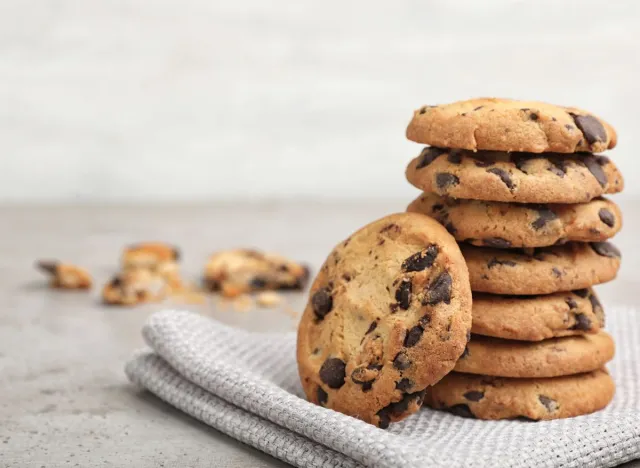
Pies, cake, cookies, oh my. "Excessive intake of sugary baked goods like cakes and cookies without the intake of a balanced and nutritious diet can negatively impact muscle growth and maintenance," Hill says. And that's not all: "High sugar intake is associated with insulin resistance and inflammation, which can interfere with protein metabolism and muscle recovery."
But you don't have to trash the entire cookie jar — just make sure to limit how many desserts you enjoy. Reducing the consumption of added sugars to below 25 grams a day can help reduce the negative effect of sugars on your health, according to a 2023 study in the journal BMJ.
Candy
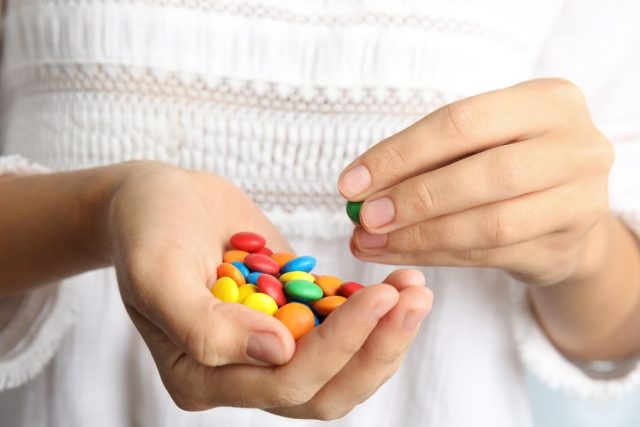
Candy, whether it's sour or sweet, is one of the top sources of added sugars. And eating too much sweet stuff can lead to weight gain and insulin resistance, Hill says. "Insulin resistance impairs the body's ability to effectively utilize carbohydrates, which can impact energy levels during workouts and nutrient delivery to muscles." Plus, spikes and crashes in blood sugar levels can affect overall energy and recovery, Hill adds. And that makes it harder to hit the gym as often as you'd like.
French Fries
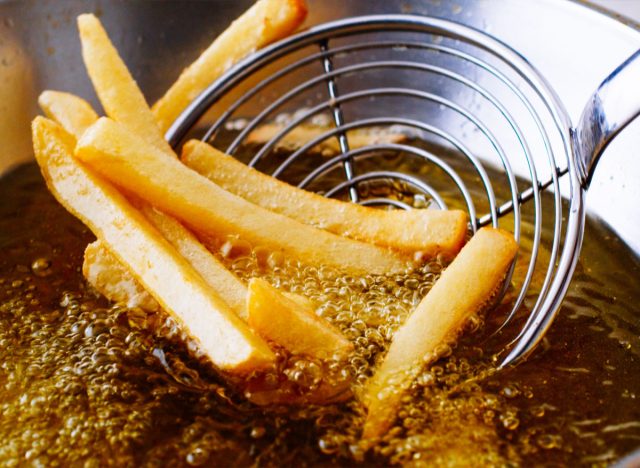
French fries may be the perfect complement to your burger, but they're not doing your buns any favors. Fries are ultra-processed and high in saturated fat — a combo that can contribute to weight gain and trigger the bad type of inflammation that can interfere with muscle recovery and growth, Hill says. Save the crunchy spuds for an occasional treat.
Fried Chicken
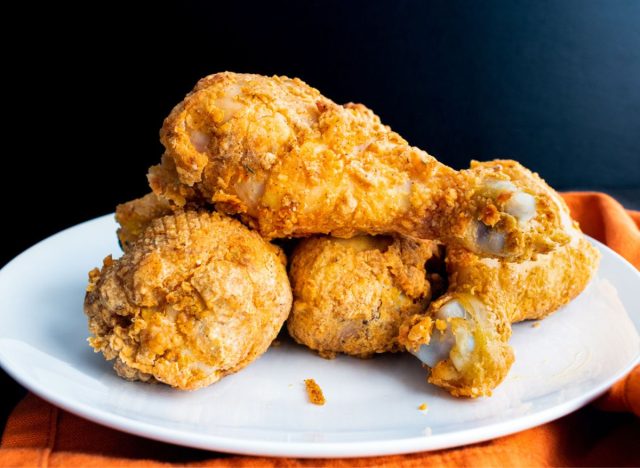
Much like fries, fried chicken is high in saturated fat and calories. And eating too many calories from fried foods can lead to excess fat gain rather than lean muscle gain. Plus, fried chicken tends to be low in essential nutrients compared to other protein sources rich in vitamins, minerals, and other micronutrients that support muscle growth. If you're looking to lean out and build muscle, you'll want to choose baked or grilled chicken breast over fatty cuts of fried chicken most of the time.
Soda
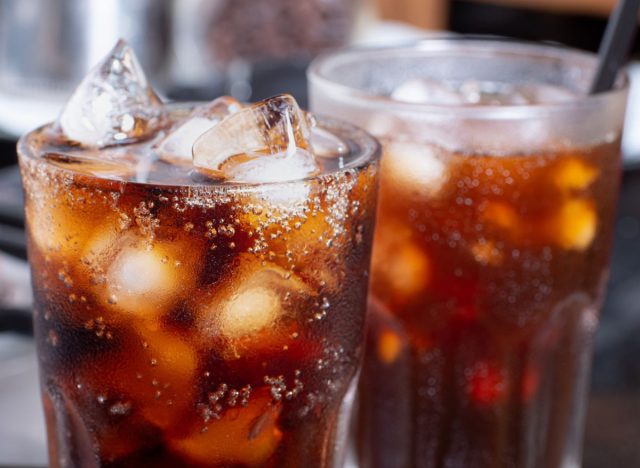
Sugar-sweetened drinks like soda are the leading source of added sugars in our diets, according to the CDC. Here's why that's not good news: "Excessive consumption of sugars and added sugars, especially in sugary beverages, can lead to weight gain and insulin resistance," Hill says, adding that insulin resistance impairs the body's ability to effectively use carbohydrates, which can impact energy levels during workouts and nutrient delivery to muscles. But there's a solution: Limiting your intake of sugar-sweetened drinks (like soda) to less than one serving per week can help lower those adverse effects, according to a 2023 study in BMJ.
Alcohol

Just because you hit the weight room today, doesn't mean you "deserve" a drink. Quitting—or even just scaling back—on alcohol will work wonders for your muscles. "Alcohol can disrupt protein synthesis, impair nutrient absorption, and decrease testosterone, which is a hormone important for muscle development," Hill says. A 2014 study in PLOS One found that alcohol consumption reduces muscle protein synthesis following a bout of exercise, even when consumed with protein. The authors conclude that drinking alcohol might impair recovery after your workout as well as your performance in the gym. Plus, "excessive alcohol consumption can lead to dehydration, which can hinder workout performance and recovery," Hill says.
- Source: https://www.bmj.com/content/381/bmj-2022-071609
- Source: https://www.cdc.gov/nutrition/data-statistics/added-sugars.html#:~:text=About%20added%20sugars&text=The%20leading%20sources%20%5BPDF%2D30.6,%2C%20sweet%20rolls%2C%20and%20pastries.
- Source: https://www.bmj.com/content/381/bmj-2022-071609
- Source: https://pubmed.ncbi.nlm.nih.gov/24533082/









